Wireless Transceiver Design Decision Details
A similar project to this could easily be done with a bluetooth audio chipset much like the ones we see in wireless handsfree modules. The problem with those modules is that they don't meet any of the requirements of THIS project. First, they rely on a connection to a cell phone for communication, this would not make the system autonomous. Second, the range of bluetooth audio is very limited, making it impractical to use without being paired to a cell phone.
Therefore, I was tasked with finding a wireless communications system that had:
- Small form factor
- Low power
- Fast enough data-rate to send audio
- Long range
- Multi-node communications protocol
From this point, I believe I have found this in the RFM69HCW ISM band transceiver. This module meets all the requirements: https://www.sparkfun.com/products/13910
- Smaller than a US quarter
- Low power: Rx = 16 mA, 100nA register retention
- FSK Bit rates up to 300 kb/s (fast enough for 8-bit audio with 16kHz bandwidth)
- It has been used to communicate from space to ground (http://www.50dollarsat.info/)
- It supports up to unique 255 node IDs
There may be better modules that come available in the future so it is desirable to design a system that can easily scale to use any TX module with minor software and board changes. Therefore, I have decided to base this design on a Teensy micro-controller.
 Joe
Joe



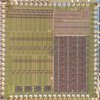


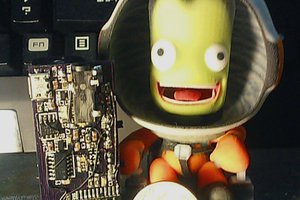
 DrYerzinia
DrYerzinia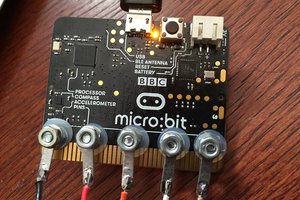
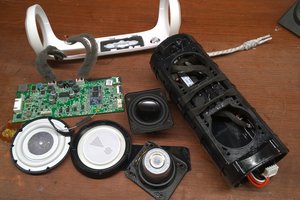
 DeepSOIC
DeepSOIC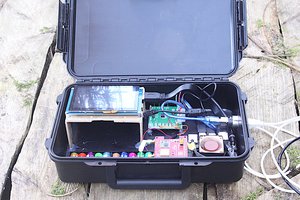
 Capt. Flatus O'Flaherty ☠
Capt. Flatus O'Flaherty ☠
Hello, I know it been a couple years sense I saw this project. But I was wondering If it's dead in the water or is it working? I love this project but been having to many health problems and Now I'm back. To see about this project again.